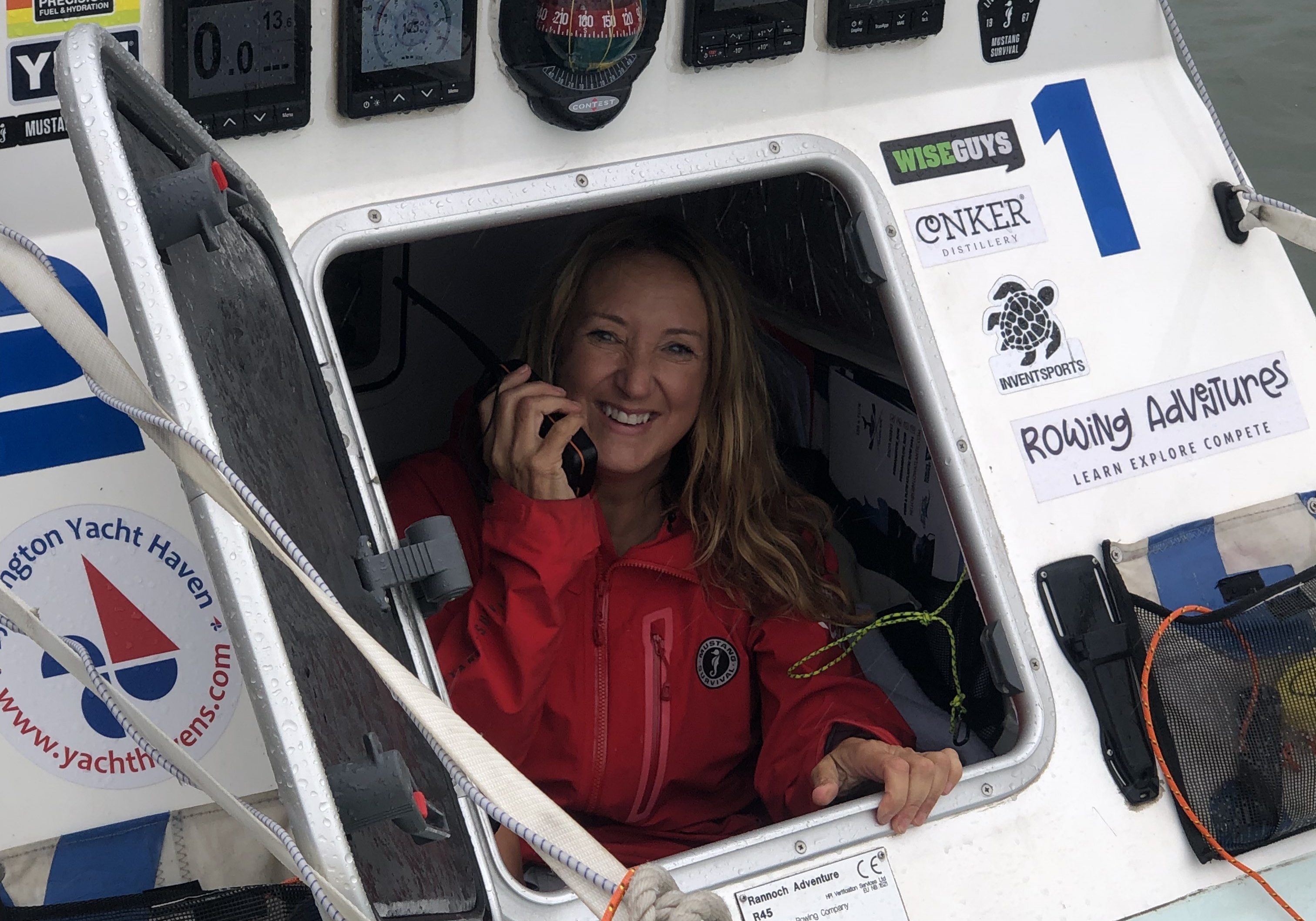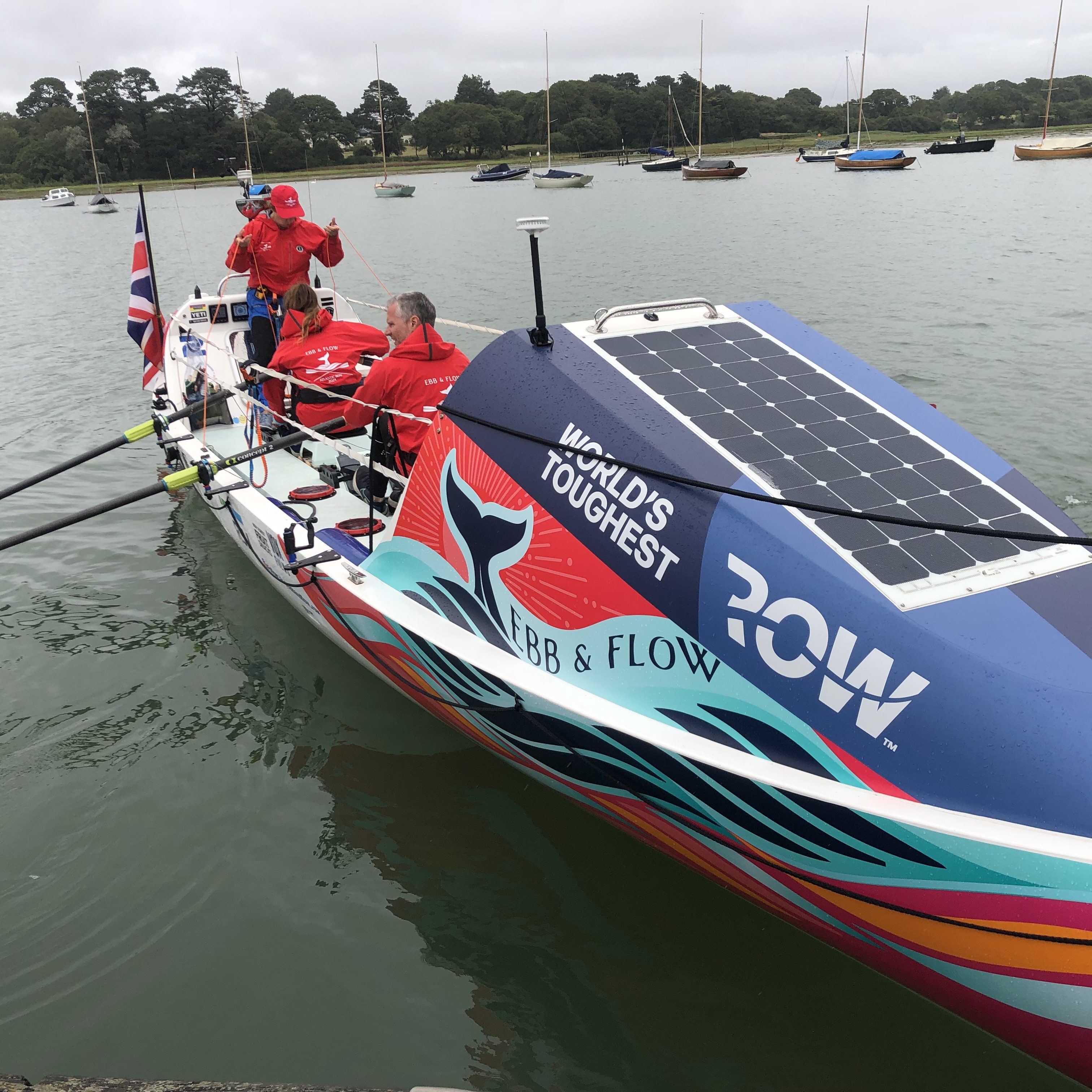The Talisker Atlantic Challenge, as it is known today, officially began in 2011 when Talisker Whisky became the title sponsor of what was initially the Woodvale Atlantic Rowing Race, founded in 1997. The race is a challenging 3,000-mile ocean row from San Sebastián in La Gomera, Canary Islands, to Antigua, and it has earned the reputation as one of the world’s most grueling endurance events.
Since 2013, the race has been organized annually by Atlantic Campaigns, enhancing its safety standards and growing its popularity globally. The event attracts solo rowers and teams from all over the world, often raising money for charitable causes while pushing the limits of physical and mental endurance.
Teams row across the Atlantic as soloists, pairs, trios, or quads. Their boats are about 7 meters long and less than 2 meters wide, with a compact cabin to shield them from storms and the elements. During the crossing, which can last from 35 to 96 days, they must be fully self-sufficient, without external aid for repairs, food or water. Should they receive any aid they are disqualified.
0n 12th December 2024, 39 teams will under take the 'World's toughest row,' where each team member will pushed to the limit both mentally and physically.

TEAM EBB & FLOW
JULIE:
For the past 10 years Julie has stood on the bow of a yacht during Antigua Regatta season watching the Atlantic boats cross the finish line in English Harbour. It became her quiet dream to row an Ocean and each year she took a step closer. Julie is a competitive rower for Christchurch Rowing Club and also has a keen interest in sail racing and cruising, so is no stranger to the coastline and more recently sailing across the Bay of Biscay double handed.
ED:
As a winter-sports enthusiast and ex-Army reservist Ed enjoys the thrill of physical exertion. He has a passion for mountaineering, having summited some of Europe’s most challenging peaks. Whilst his sea-faring experience doesn’t match that of the rest of his crew, he is no stranger to it. He grew up sailing wayfarers in the Camel Estuary in Cornwall, and fishing off the west coast of Scotland. He has since kayaked across the English Channel from the Kent coast to France, and has circumnavigated the Isle of Mull, so the prospect of a wee paddle across a very large pond has only grown.
SALLY:
Sally is a keen rower at her local Rowing Club in Christchurch with Julie. She has competed in various Coastal Four races as Women's Juniors and Masters and won the South Coast Championships at Dorney lake. Before taking up rowing she was a keen sailor and part of a crew based in Southampton, taking on various voyages such as The Fastnet Race, round the Island and the Classics Regatta in St Tropez. Her favorite was crossing the Atlantic which is one of Sally’s memorable achievements. Since then she has wanted to return to the Ocean and rowing across the Atlantic is the next challenge on her bucket list!

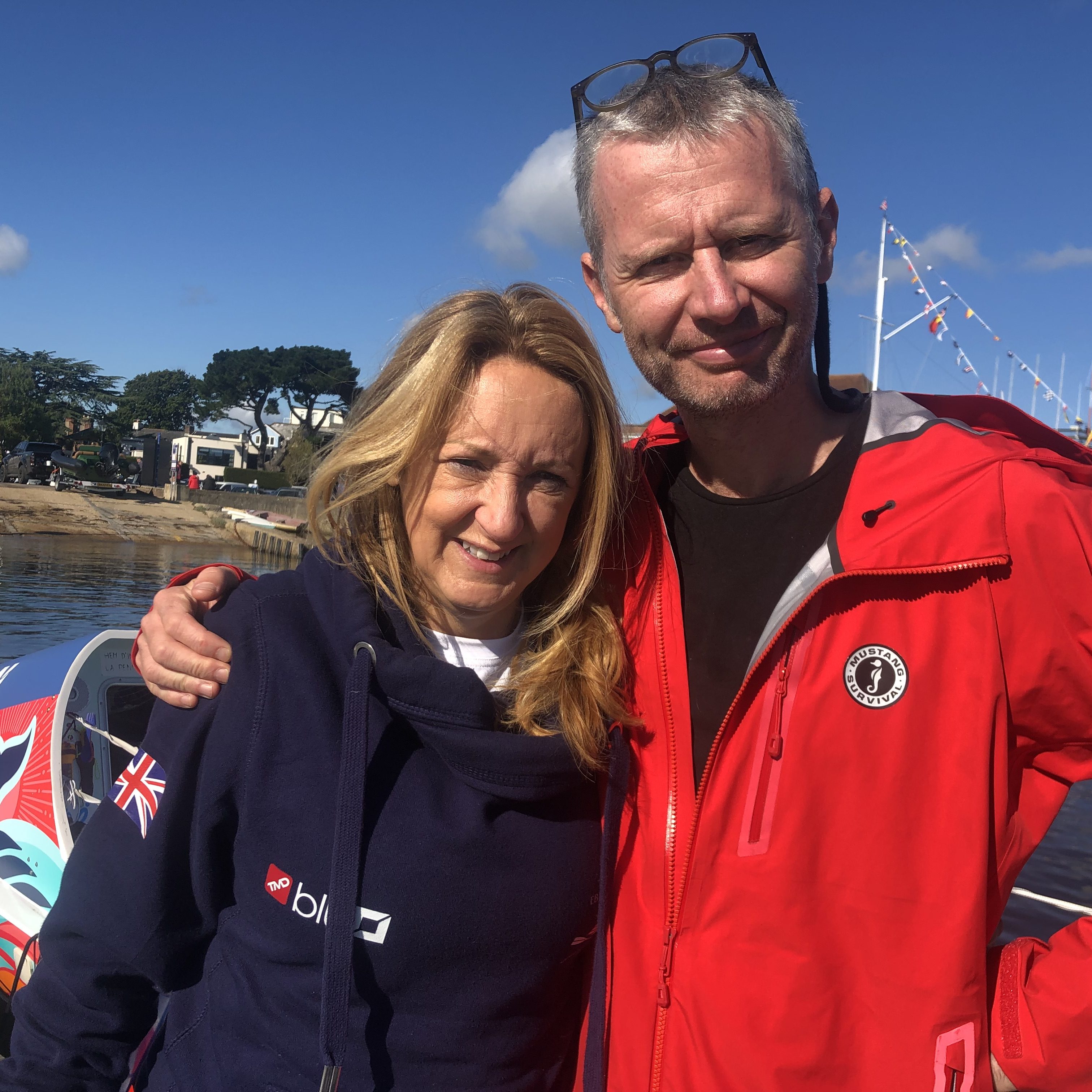
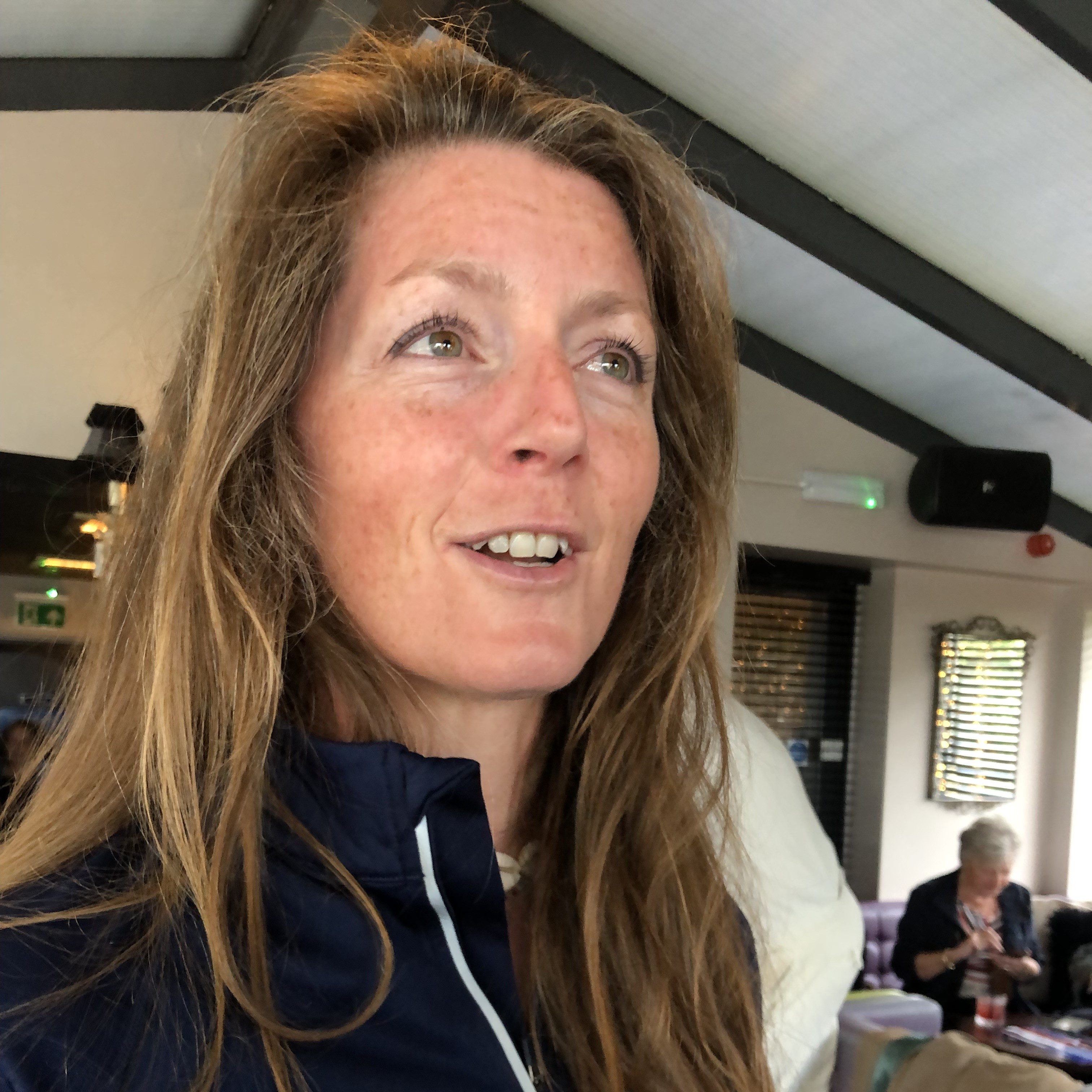


WHAT BOATS ARE USED FOR THE CHALLENGE?
In the Talisker Atlantic Challenge, teams rely on specialized ocean rowing boats engineered for endurance and self-sufficiency. These boats, typically around 7 meters long and under 2 meters wide, are both lightweight and durable, designed to navigate rough seas while maintaining stability.
All the boats are equipped with essential safety features to withstand the extreme conditions of the Atlantic Ocean ensuring the teams survival.
Self-Righting Design: The boats are designed to self-right after capsizing, an essential feature in ocean rowing where large waves or sudden shifts can overturn the vessel. The shape and weight distribution allow the boat to return to an upright position, protecting rowers from prolonged exposure to harsh conditions. This saved the lives of James Cracknell and Ben Fogle on their voyage in 2005 / 2006 when their boat was smashed by a rogue wave.
Waterproof Cabin and Hatch: Each boat has a small, enclosed cabin that offers shelter from storms and provides a safe place to rest. The hatches are tightly sealed to prevent water ingress, helping the boat remain buoyant even in rough seas.
Navigation and Communication Systems: Equipped with GPS tracking devices, satellite phones, and VHF radios, these boats enable rowers to communicate with support teams and safety officers, allowing quick response in emergencies. GPS tracking also enables race organizers and families to monitor the teams’ locations in real time.
Emergency Equipment: Each boat carries a variety of emergency supplies, including life rafts, flares, personal locator beacons (PLBs), and an EPIRB (Emergency Position Indicating Radio Beacon). These tools are essential for signalling distress and guiding rescue operations if needed.
Water Desalination Systems: The boats are outfitted with desalination devices, providing a continuous supply of drinkable water from seawater. This feature is crucial for maintaining hydration on the long, unsupported journey.

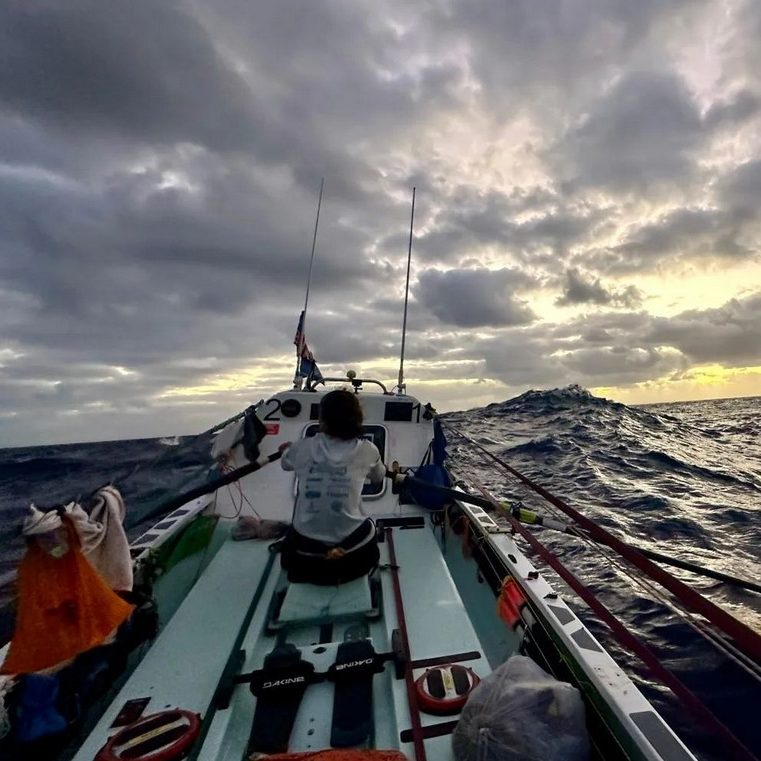
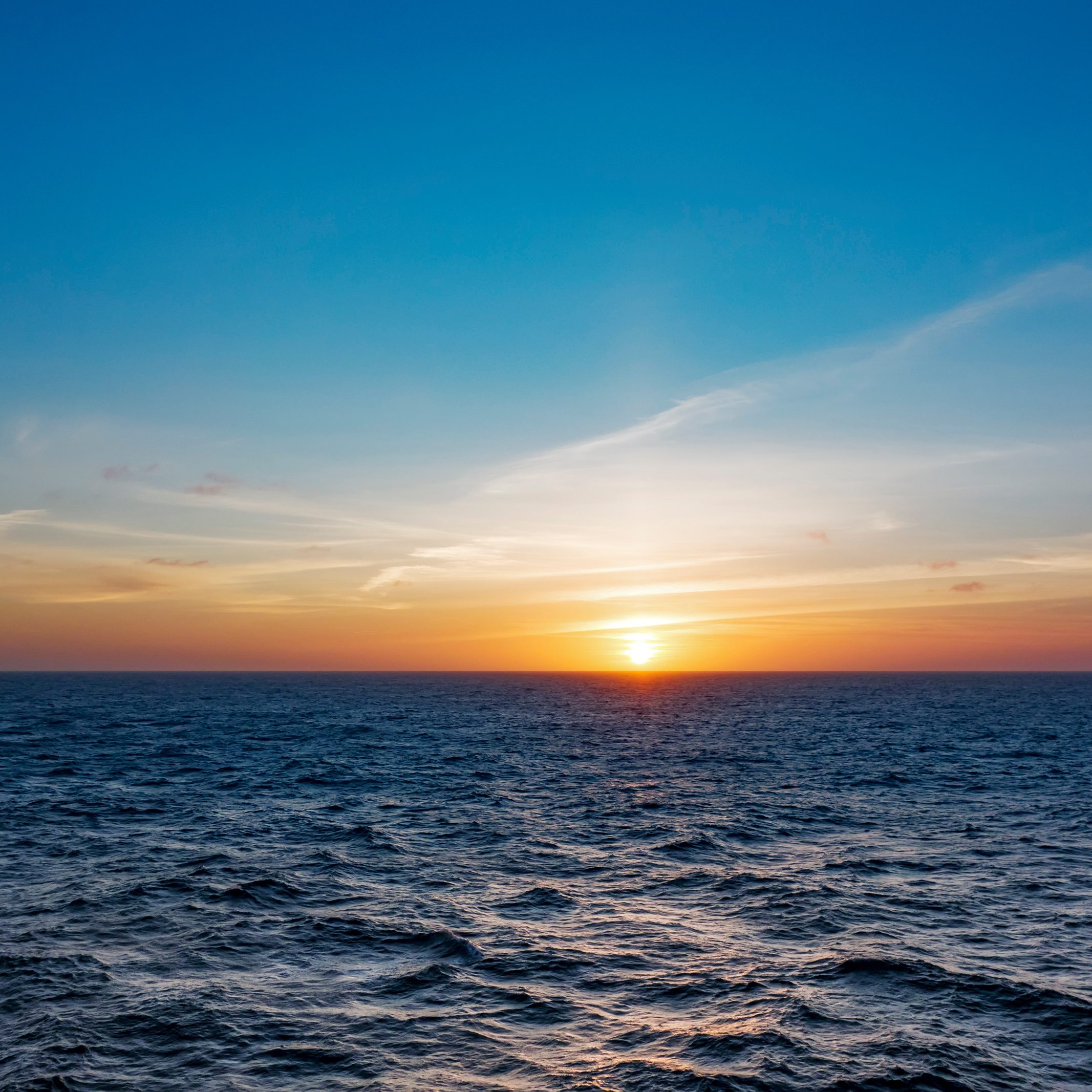


Images from 'Team Ebb & Flow' & Stock Images
TEAM INTERVIEW
What inspired each of you to take on this challenge?
Each of us is driven by our own motives. For Julie and Sally, it’s the call of the open ocean; they thrive on the freedom and challenge of offshore sailing. For Ed, it’s about quenching his thirst for adventure. Together, our goal is to inspire others—to reveal that the illusion of impossibility can be shattered and great obstacles overcome. This journey also serves as a powerful platform to raise awareness and funds for four incredible charities, whose causes remind us why the sacrifices we’re making truly matter.
Ocean rowing demands rigorous physical and mental resilience. It would be interesting to hear about your training regimen and mental preparation?
Nothing can fully prepare you for the magnitude of what we’re undertaking. However, through a series of intensive courses, countless hours on the water, a demanding physical training regimen, and dedicated mental preparation over 18 months, we’ve equipped ourselves as best as possible. We are now ready—both mentally and physically—to confront one of nature’s most formidable environments.
As a minimum requirement, we must all complete courses in first aid, radio communication, survival, and open-water navigation. Additionally, we’re required to spend 140 hours on our boat at sea, practicing every emergency drill and honing essential skills. To further enhance our resilience and readiness, we’ve partnered with renowned leadership scientist Nick Fewings, creator of Team DyNAmics, to optimize our team dynamic, as well as with PT and rowing instructor Nick Rees for physical training.
Whilst two of you are rowing, what does the other team member have to do before they can get some sleep?
Personal and team administration will be just as vital as time spent on the oars. During their three-hour rest periods, each crew member will dedicate 30 minutes to an hour to essential tasks: refuelling with food and water, managing personal hygiene, addressing any injuries, and handling broader team responsibilities such as boat maintenance and navigation.
Do you have to accept the inevitable, that everything is going to get wet? How do you cope with that?
Unfortunately yes! There will come a point when everything is marginally damp to just plain wet! There will be a number of ways we minimise worst case scenario. Extra strong pegs are crucial as items go overboard regularly, at least four sets of clothes, and a routine for dry and wet/foul kit. We will make the most of the rain water and calm days. We will inevitably remain in our clothes for days at a time when the conditions are poor.
What’s your biggest fear or concern for the journey?
For Julie, the biggest concerns are capsizing and injury. She’s particularly focused on steering the boat down massive waves without breaking a rudder—a daunting task, especially since she’s not a surfer! For Ed and Sally, the fear of failure or not finishing the race looms large.
The team shares other anxieties as well: waves as high as five-story buildings and depths that make Mount Everest look small. The Atlantic seabed is both awe-inspiring and intimidating. We’ll navigate over or near the vast abyss and the towering Atlantic Ridge, the world’s longest and largest underwater mountain range. However, the team is confident that their time on the water will help them adapt, transforming this formidable environment into their new normal.
Have you set yourselves a goal, in how long it will take you or is it setting distance markers?
Breaking down an overwhelming challenge into smaller milestones can make it more manageable. Completing the journey in around 40 days would be a major achievement! At an average speed of 3 knots, we could hit that target; at 2.5 knots, it might take 50 days. If conditions are unusually calm, we could be looking at 55 or even 60 days. Ultimately, it all depends on the weather, so we’ll need to make the most of whatever conditions come our way. Our goal is to finish in a respectable time!
How will you handle sleep and nutrition on board?
Fuel is crucial to keeping us going! We’ll rely on freeze-dried and dehydrated meals, carefully calibrated to provide the calories each of us needs based on our body weight. Ed, being the largest, will need to consume nearly 5,000 calories a day to balance out what he’ll burn—just like the rest of us. While additional energy supplements will help, our main sustenance will come from three to four meals a day, with the added bonus of personalized snack packs. These “happy foods” include our favourites: chocolate, nuts, snack bars, biltong, sweets, flapjacks, and soups!
What’s in your emergency kit?
Our boat is fully equipped with cutting-edge technology and life-saving gear to ensure both our navigation and survival. On the tech side, we have GPS, satellite phones, VHF radio, autohelm, and solar panels powering it all. In terms of safety, we’re carrying a life raft, medical kit, drogue anchor, harnesses, and life jackets, among other essentials. The most critical piece of equipment, however, is the water maker—powered by our solar panels—providing us with a vital supply of fresh water throughout the journey.
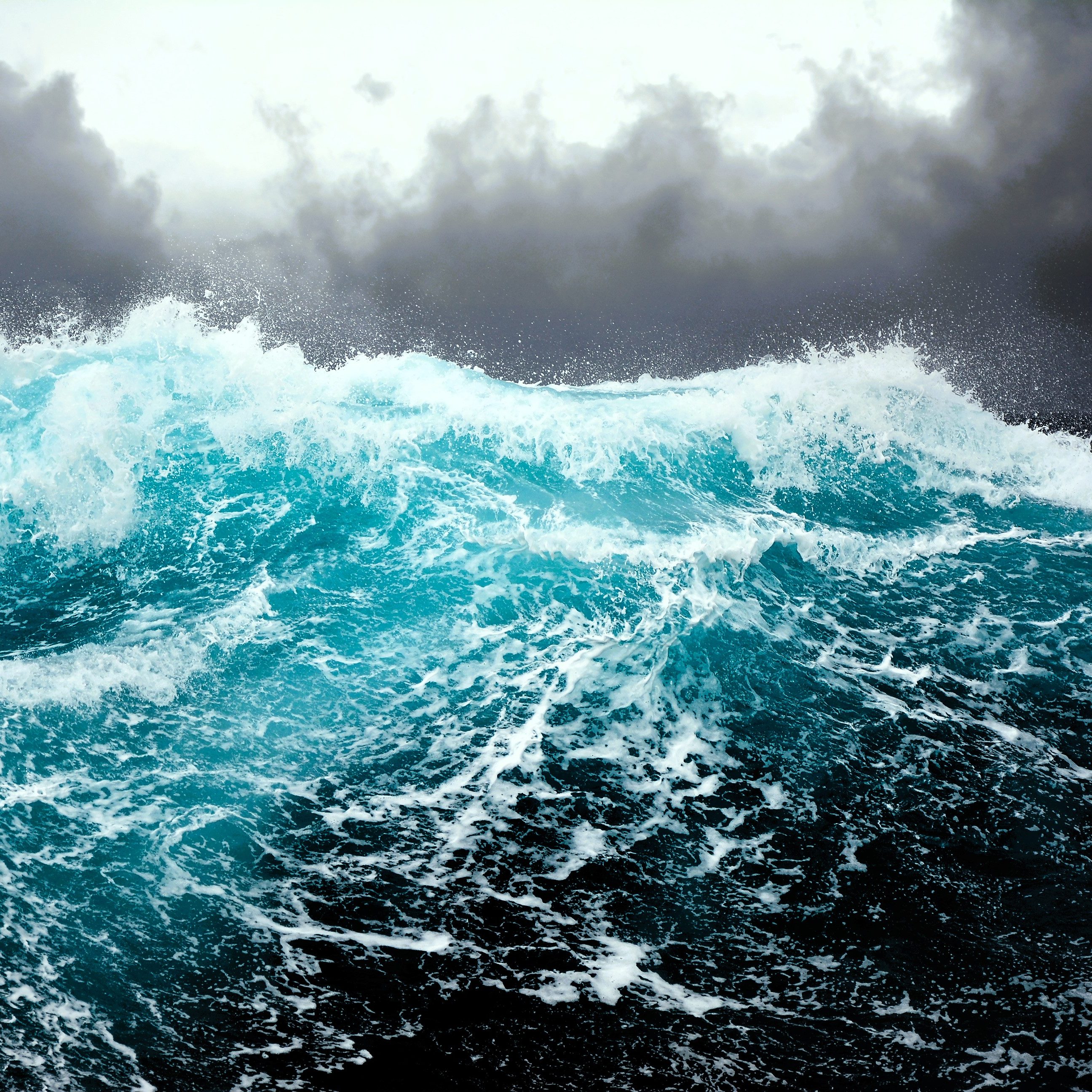
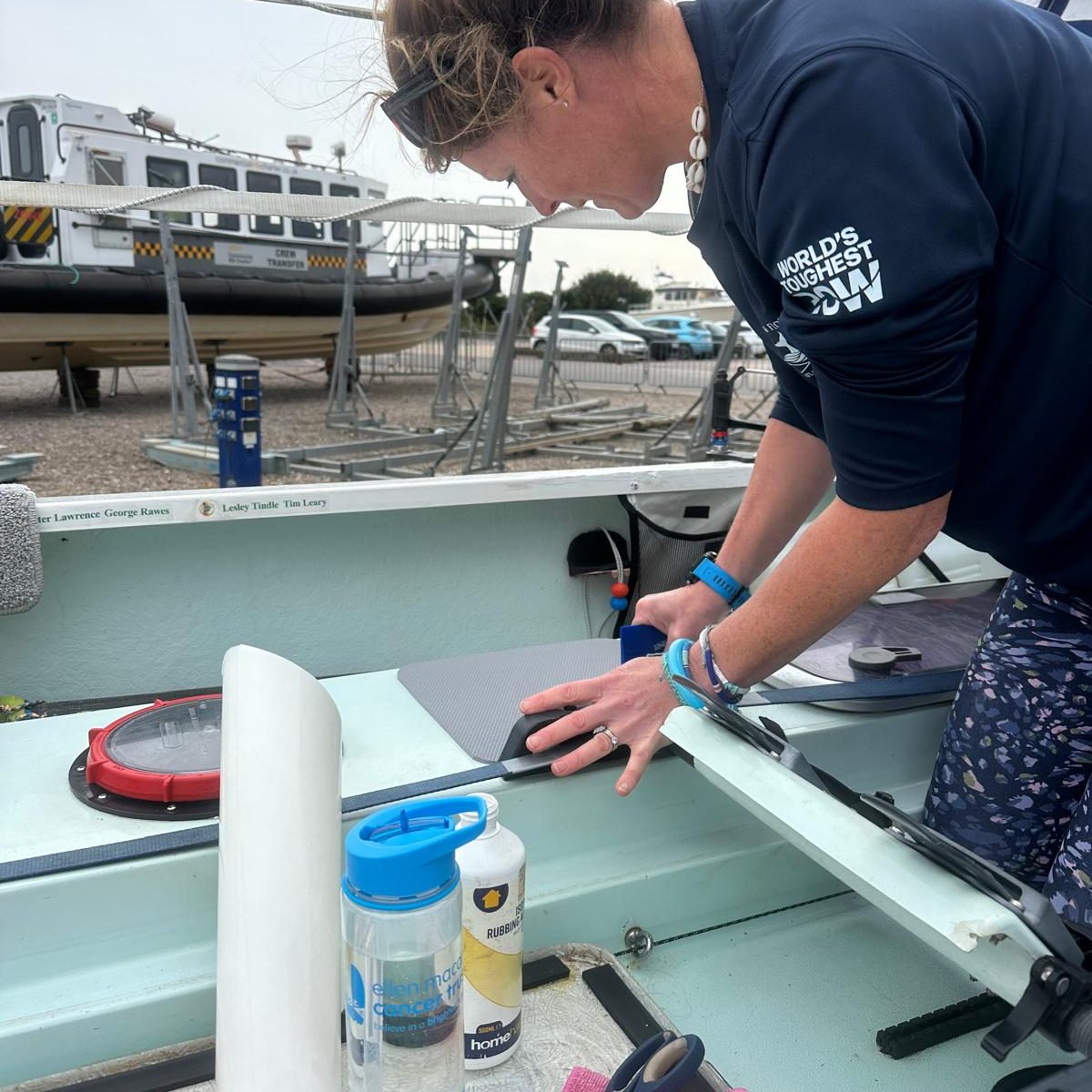

How do you deal with things like blisters?
This is a major concern for our hands and bottoms. Our hands have already toughened with calluses from training, but that won’t fully protect them from blistering. Salt can quickly erode the skin if we’re not vigilant. Regularly rinsing off with freshwater will be essential. The first three days of rowing are especially critical—we’ll need to take extra care by avoiding a tight grip on the oars to minimize blisters. To prep for each shift, we’ll clean and toughen our hands with surgical spirit. And for our bottoms? Stacks of Sudocrem will be an absolute necessity!
How do you plan to manage morale and motivation over such a long journey
The mental endurance required will be immense. Each of us will face moments of loneliness, fear, or vulnerability. To stay on track, we’ll hold daily deck briefings to review our position, progress, and how we’re feeling—both as a team and individually. It’s essential to share all thoughts, whether good, bad, or ugly, to maintain morale and keep us moving forward. Understanding and supporting each other’s needs will be crucial. Regular, open communication will be the key to our success and completing our mission!
What’s your approach to team dynamics and conflict resolution?
After spending countless training hours together on the boat over the summer, we’re well aware of how close we’ll be for an even longer stretch during the expedition. While we’ll each have moments of solitude in our cabins off-shift or while rowing, maintaining frequent, open, and honest communication will be essential. In such tight quarters and under extreme pressure, friction is inevitable. However, how we navigate those tense moments will be crucial to preserving the team’s cohesion and ensuring the long-term success of our mission.
How do you feel about facing complete isolation?
Being away from family and loved ones will be tough—at times, it may feel almost unbearable. We won’t truly understand the weight of that challenge until we’re out there. However, the opportunity to disconnect from phones, laptops, and the chaos of daily life will be incredible. There’s something deeply primal about returning to nature, and we’re eager to embrace that connection.
What environmental measures have you taken for the journey?
We have biodegradable body wipes on board, that disintegrate in water and aren't harmful to the environment. We shall be keeping our food wrappers and bags in a container on board to dispose of at the end. Nothing will go to waste.
What do you hope to achieve beyond crossing the finish line?
Our mission is to inspire. We want to challenge the illusion of impossibility in any context. By confronting our own fears and anxieties—of which there are many—and pushing the boundaries of what’s achievable, we aim to prove, both to ourselves and others, that obstacles can be overcome and that perseverance pays off. Yes, the risks are significant, but so are the rewards: a journey of personal growth and self-discovery. It’s an opportunity to become the best version of ourselves. Along the way, we hope to raise awareness and funds for four incredible charities: The Ellen MacArthur Cancer Trust, BLESMA (The British Limbless Ex-Service Men’s Association), Teenage Cancer Trust, and Oarsome Chance.
What is your one guilty pleasure that you are taking on the trip?
Sweets and chocolate! and Eds tot of Whisky!!

FINAL WORDS
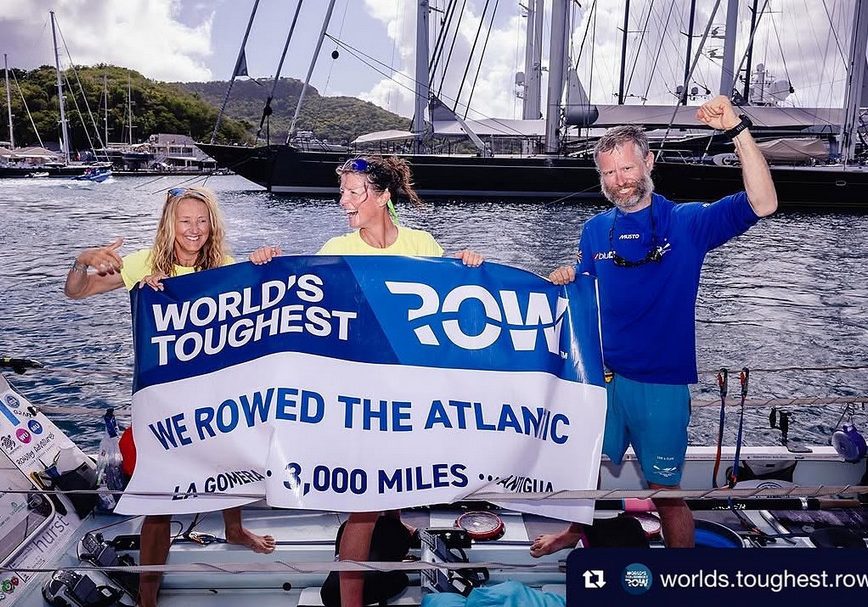

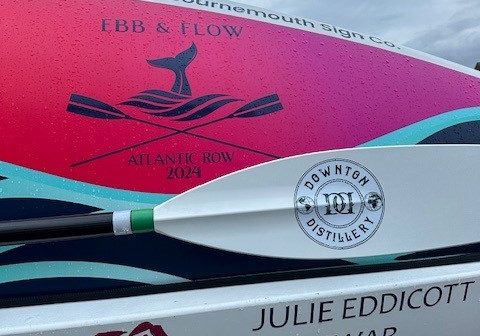
WHAT TYPE OF PERSON DOES IT TAKE TO DO THIS?
Rowing across the Atlantic requires a blend of physical stamina, mental resilience, and adaptability. This team have shown these traits through challenges completed to date, which also reflect that love / respect of the sea.
To do the Talisker Challenge, they need to be in top physical condition to withstand constant rowing (up to 12 hours a day) over weeks or even months. It also requires extreme self-discipline and determination. The monotonous routine and physical exhaustion can wear down even the most experienced rowers and when things go wrong, they can quickly slip out of control. Therefore, they will have to be able to handle high stress situations calmly relying on teamwork and the pool of knowledge shared between them.
It is not an environment for egos as they will need to nurture and help each other over come the challenges that lie ahead of them. I have no doubt that the Atlantic will expose them to harsh sun, cold nights, saltwater sores, and relentless waves.
THE RACE.
The race started on 11th December, ending at Nelsons Dock Yard in Antigua and they team completed the challenge on 08th Feb 2025, in a time of 59 days, 5hrs and 21 minutes.
OUR FINAL THOUGHTS PRE RACE
I feel that all three are driven by their own personal goals, a love of adventure, to do something incredible and to connect with the natural world. This passion will help them appreciate the journey, even when it's gruelling. They will forge a lasting kinship as they will learn to depend on each other through a common struggle, pushing through their pains. The complexity of everyday life will be torn down to the simplicities of life, eat, sleep, row with tears and laughter.
The Atlantic will both give and take, showing its fury and beauty. I can not imagine what it looks like under a blanket of stars, just looking up at the cosmos as their oars slowly continue to stroke them closer and closer to their end goal.
POST RACE
Battling relentless storms and towering waves, this team of three has fought their way across the vast Atlantic, to complete their grueling challenge. The unforgiving ocean tested their limits, battering them with fierce winds and driving rain that often left them soaked and exhausted. As the days stretched on, their supplies dwindled—first, the gas for their stove ran out, leaving them with only cold, hard rations to sustain their weary bodies. Then, the painkillers they relied on to numb aching muscles and blistered hands were gone, forcing them to push through agony with nothing but sheer will. Every stroke became a test of endurance, every mile a battle against doubt and exhaustion. But giving up was never an option.
Digging deep into reserves of grit and determination they never knew they had, they have rowed on, stroke by stroke, until finally, after 59 days of suffering, they crossed the finish line—victorious, broken, and forever changed by the ocean’s relentless trial.
Watch Julie and Sally talk about their race, monies raised and would they do it again? You can also see them in person at one of the talks they will be doing over the coming months.
Chapeau.
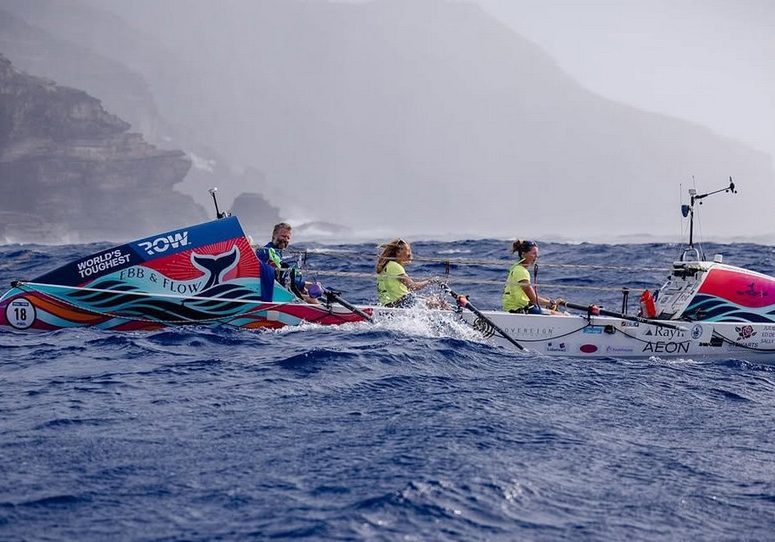
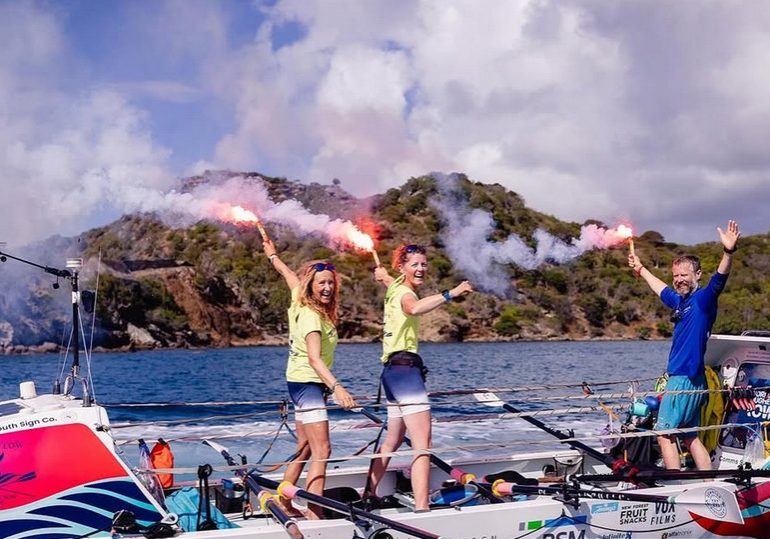
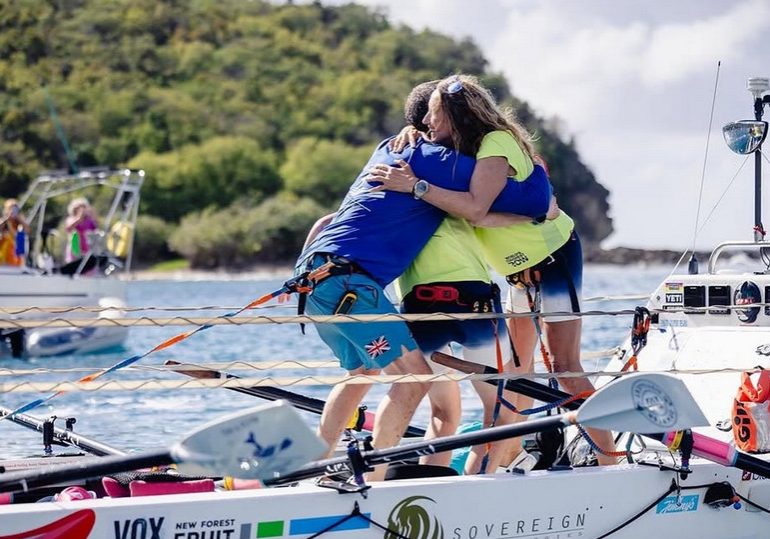

FOOTAGE & STORIES FROM THE PREVIOUS YEARS & TEAMS


